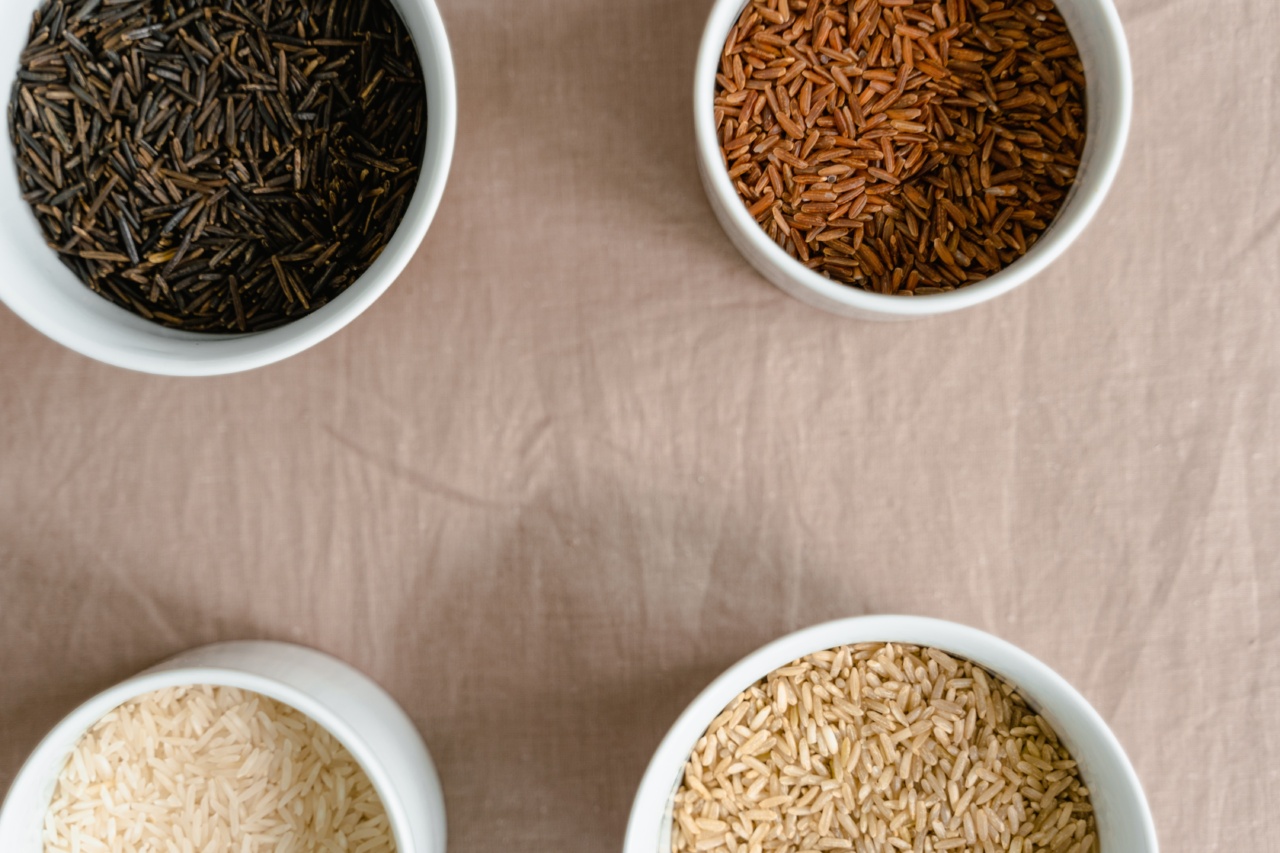Rice is a staple food in many countries around the world and is an important source of carbohydrates. White rice and brown rice are two commonly consumed types of rice.
Although they are both grains of the same plant, they have different nutritional values. In this article, we will compare the nutritional differences between white rice and brown rice to determine which one is healthier.
What is white rice?
White rice is a type of rice that has had its bran and germ removed during processing. This makes it more refined than brown rice and gives it a lighter color and softer texture.
However, the refining process removes many of the nutrients found in the bran and germ, leaving white rice with fewer nutrients than brown rice.
What is brown rice?
Brown rice is a type of rice that has been minimally processed and still contains its bran and germ. This gives it a darker color and a nuttier flavor compared to white rice.
Brown rice is considered to be a whole grain and is a good source of various nutrients such as fiber, protein, vitamins, and minerals.
Nutritional differences between white rice and brown rice
White rice and brown rice have different nutritional compositions due to processing. Here are the nutritional differences between the two:.
- White rice has a lower fiber content than brown rice. Fiber is important for digestive health and can also help lower cholesterol levels. Brown rice has more than twice the fiber content of white rice.
- Brown rice has more vitamins and minerals than white rice. Brown rice contains more B vitamins, vitamin E, zinc, and magnesium compared to white rice.
- White rice has a higher glycemic index compared to brown rice. The glycemic index is a measure of how quickly a food raises blood sugar levels. High glycemic foods can increase the risk of developing type 2 diabetes. Brown rice has a lower glycemic index compared to white rice.
Health benefits of brown rice
Due to its nutrient composition, brown rice has several health benefits:.
- Improves digestion: The high fiber content of brown rice can help promote regular bowel movements and prevent constipation.
- Controls blood sugar levels: Brown rice has a lower glycemic index compared to white rice, which means it can help regulate blood sugar levels and reduce the risk of developing type 2 diabetes.
- Reduces the risk of heart disease: Brown rice is a good source of magnesium, which is essential for heart health. Studies show that consuming brown rice can reduce the risk of heart disease.
Health benefits of white rice
Although white rice has fewer nutrients compared to brown rice, it still provides some health benefits:.
- Provides energy: White rice is a good source of carbohydrates and can provide a quick source of energy.
- Easy to digest: The refining process removes the bran and germ, making white rice easier to digest for some people.
- Good for recovery: White rice is a good food to eat after a workout as it can replenish glycogen stores in the muscles.
Which one should you choose?
Choosing between white rice and brown rice ultimately depends on your individual dietary needs and preferences. However, if you are looking for a healthier option, brown rice is the way to go.
It provides more nutrients and has a lower glycemic index compared to white rice.
Conclusion
White rice and brown rice are two commonly consumed types of rice. Although they are both grains of the same plant, they have different nutritional compositions.
Brown rice is considered to be the healthier option due to its higher nutrient content and lower glycemic index. However, if you prefer the taste and texture of white rice or have difficulty digesting brown rice, white rice can be incorporated into your diet in moderation.






























